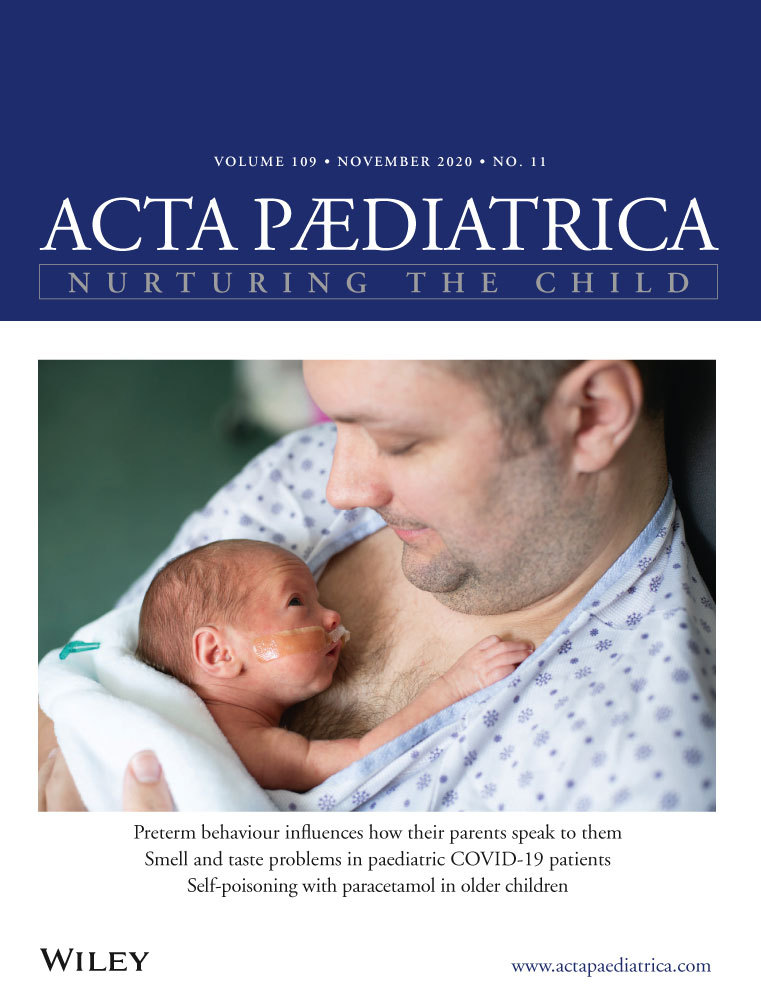Late onset oxygen requirement following neonatal therapeutic hypothermia
Abstract
Aim
To investigate the characteristics of infants with neonatal encephalopathy (NE) receiving therapeutic hypothermia (TH) who developed late onset oxygen requirement during or after rewarming.
Methods
Infants were stratified by receiving (a) new onset isolated oxygen requirements during or after rewarming; (b) no respiratory support during hospital stay; and (c) invasive and/or non-invasive respiratory support before or during cooling.
Results
Of 136 infants treated with TH, 49 (36%) did not require any respiratory support, and 78 (57.4%) received invasive or non-invasive support before or during cooling. Nine infants (6.6%) developed late onset oxygen requirement. The late onset oxygen requirement started at median age of 3.8 days (IQR 3.6-5.2) and ended at median 7.5 days (IQR 5.8-12.7). Total hours of O2 exposure were median 62.0 (IQR 24.4-112.6). Maximum support was low-flow nasal cannula from 100% oxygen source with a flow rate of 40-250 mL/min. Infants in this group had higher Apgar scores, milder metabolic acidosis and no seizures. Three infants had diagnostic investigations without significant findings.
Conclusion
A small percentage of neonates with NE developed late onset oxygen requirement during or after rewarming. Late oxygen requirement was associated with evidence of less severe perinatal hypoxia-ischaemia.
CONFLICT OF INTEREST
The authors have no conflicts of interest relevant to this article to disclose.




